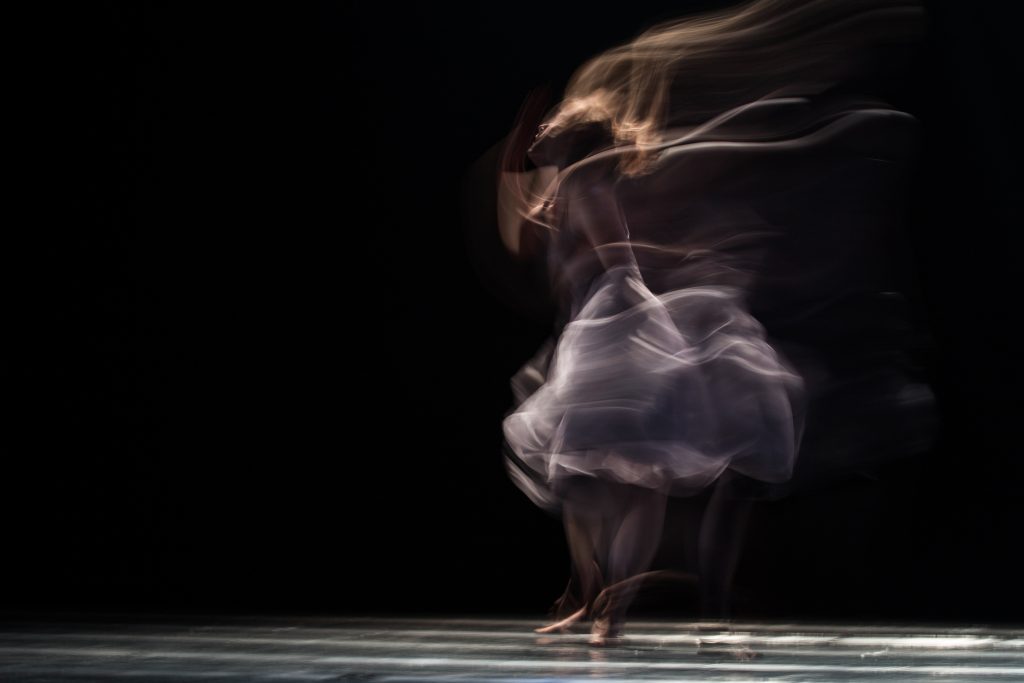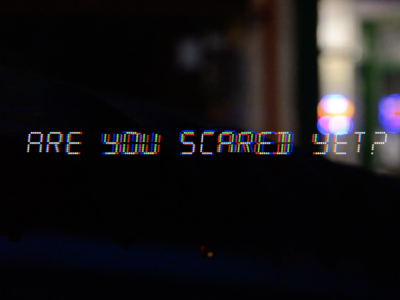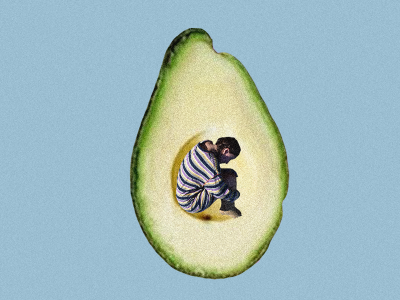How Dance Can Help Overcome Anxiety, Stress And Trauma

Regina tells the story of how dance helped to heal her
Dance has many benefits. It can be a brilliant strategy for reducing stress, overcoming anxiety and coping with loss and trauma. Whether you want to dance alone and communicate your feelings through dance, or work with a dance therapist, the rewards offered by dance and movement can last a lifetime.
Communicating Through Dance
I was five years old when I attended my first dance class. Even as a child I found dance therapeutic. Whenever I felt angry, frustrated or scared, I could turn to dance for comfort. When I lacked the words to express myself, I communicated via dance.
The comfort of dance was essential in helping me to cope with the death of my brother when I was just 12. Without the words to express my grief, dance became my tool to process the situation, how I felt and ultimately, in enabling me to move on with my life. Through dance, I was able to come to terms with his death. Now, when I dance, I feel he is present with me.
Using Dance to Overcome Anxiety an Emotional Trauma
As well as promoting discipline, focus, physical agility and strength, dance allows you to engage more deeply with your emotions and enables you to let go of negativity. Dance has been shown to have many benefits for people with anxiety, stress and emotional trauma. It is a powerful tool for releasing emotion and energy.
“When you dance, your body releases endorphins and oxytocin. These have the same effects on the body as laughter, in that they help to create a positive mood and actually decrease stress,” says Margaret Stahl, a dance blogger at Writinity.com and Researchpapersuk.com. “Trauma can become stored deeply in the body and be difficult to process and discuss. Yet, through dance, you can access these emotions, communicate them nonverbally and learn how to overcome them. It is a fantastic tool for developing and maintaining good mental health.”
Using Dance to Express Feelings And Emotions
Movement is a form of communication. Dance, therefore, becomes a powerful tool for storytelling. When you are experiencing periods of deep negativity and difficulty, putting these feelings and emotions into your dance moves can allow you to enter into dialogue with yourself. It offers the opportunity for you to face and confront these feelings in a safe space. Through dance, you have the possibility to explore these deep emotions and ultimately, resolve them.
Of course, the process is not always so simple. Depending on the situation, some experiences and emotions may take a long time to fully overcome. Yet, by putting my emotions into my dance moves, I have found that I am able to process my feelings much more effectively. I have developed greater self-awareness and better coping skills as a result.
My dance moves tell my personal story. I can communicate that story, those worries, anxieties and negative emotions to others much more meaningfully through dance. I use dance as a form of physical, as well as emotional, therapy.
Using the Dance Movement Therapy Technique
It’s not always easy knowing where to start, especially if you have never danced before or you have preconceived ideas about what it means to dance. This is where Dance Movement Therapy (DMT) is most useful.
DMT is a technique which uses free ranges of movement and links somatic awareness and the breath as a tool for exploration. Through the DMT technique, you learn to allow your body to communicate and convey deep-rooted thoughts and emotions. The technique allows you to explore challenging thoughts and sensation through movement.
The DMT technique is a certified form of therapy. Therapists who deliver sessions have to be certified and trained and their aim is to strive to create a safe space in which you are able to process your feelings, without fear of judgement. With DMT, it is not about a final dance product. Rather, it is the journey, the process which is the focus of the sessions.
“Trauma, anxiety and depression leave physical triggers in your body. Whether your body is left feeling numbed, frozen or even crippled with anxiety, DMT can help you to learn to identify the body’s physical triggers to these events. With time and practice, it allows you to regain control and to be able to express any underlying pain you may be holding onto. Whilst you might feel like you don’t have a voice to express yourself and your feelings, your body is able to speak its own language. Through DMT you can release that inner, suppressed voice and free yourself from the pain and trauma you have been living with,” explains Daniel Eubanks, a wellness writer at Draftbeyond.com and Lastminutewriting.com.
You can learn to ‘repattern’ or ‘rewire’ your automatic, unhealthy responses which have become habitual and hardwired into your body as a result of negative past experiences. The DMT technique makes use of controlled breath and isolated muscle movements, as well as mediation and mindfulness.
Using Music
Music has also been found to be a highly effective form of therapy. When used in conjunction with movement therapy or dance, music can help you to become more present. By engaging with music, you are able to stay mindfully in the present moment, without fear or worry about the past or the future.
Communicate Through the Body
Rather than trying to tell your story verbally, movement therapy allows you to tell it through your body. You begin by becoming aware of and following your breath, before conducting a progressive body scan. Try to identify an emotion you might be feeling and then locate where in your body that emotion is held. You can achieve this through meditation, small or large motor movements and also by using guided imagery.
You will find that you slowly start to tell your story physically. Whether this takes the form of gestures, postures or large dance moves, you can use movement and dance to allow your body to communicate your story and your history and, most importantly, to process it safely.
DMT techniques allow you to develop an understanding of the deep connection between the body and the mind and how vital it is to take care of both for true well-being. Not only will DMT allow you to process existing trauma, stress or anxiety, but it will also provide you with the tools needed to help you cope with whatever challenges life throws your way in the future.
What benefits does dance give you? What other art forms do you find healing? Let us know.

About Rife





